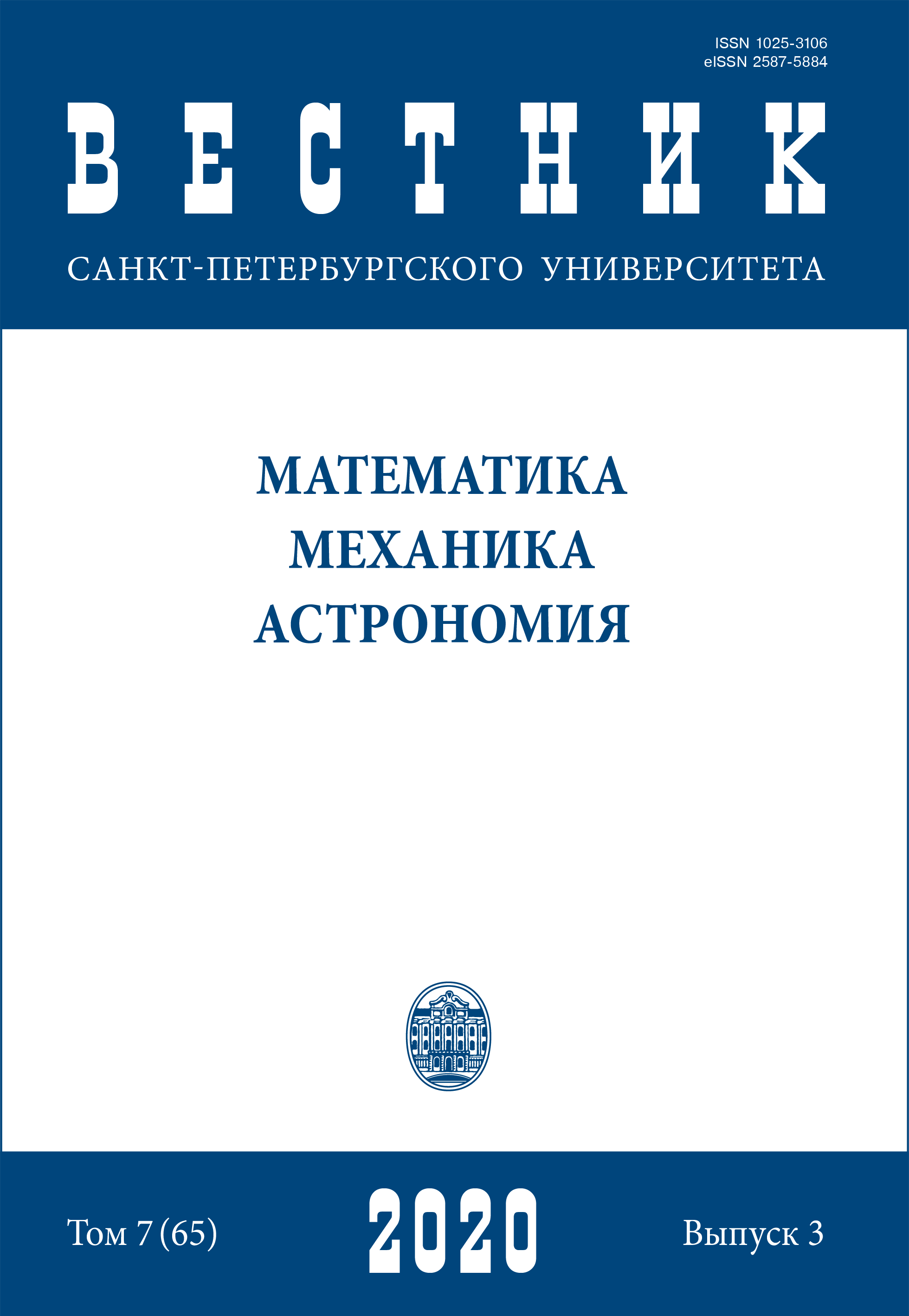Optimization of CO2 vibrational kinetics modeling in the full state-to-state approach
DOI:
https://doi.org/10.21638/spbu01.2020.315Abstract
Numerical modeling of nonequilibrium state-to-state carbon dioxide kinetics is a challenging time-consuming computational task that involves solving a huge system of stiff differential equations and requires optimized methods to solve it. In the present study, we propose and investigate optimizations for the extended backward differential formula (EBDF) scheme. Using adaptive timesteps instead of fixed ones reduces the number of steps in the algorithm many thousands of times, although with an increase in step complexity. The use of parallel computations to calculate relaxation terms allows one to further reduce the computation time. Numerical experiments on the modeling of spatially homogeneous carbon dioxide vibrational relaxation were performed for optimized computational schemes of different orders. Based on them, the most optimal algorithm of calculations was recommended: a parallel EBDF-scheme of fourth-order with an adaptive timestep. This method takes less computational time and memory costs and has the high stability.
Downloads
References
Литература
References
Downloads
Published
How to Cite
Issue
Section
License
Articles of "Vestnik of Saint Petersburg University. Mathematics. Mechanics. Astronomy" are open access distributed under the terms of the License Agreement with Saint Petersburg State University, which permits to the authors unrestricted distribution and self-archiving free of charge.




